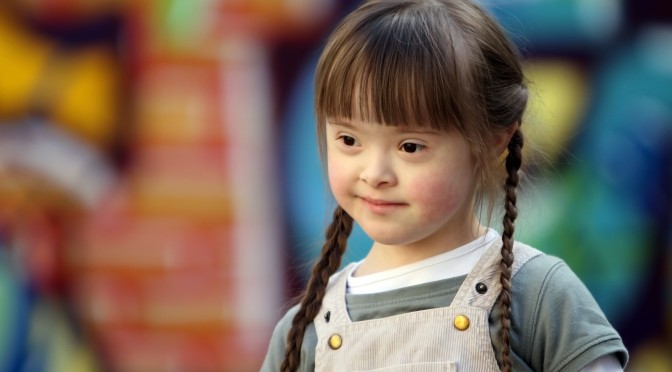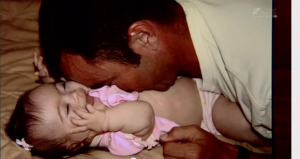
Reproductive justice: When prenatal diagnosis makes children disappear
Recognizing that the majority of Americans are not comfortable with our abortion-on-demand jurisprudence, the mantra of abortion advocates is almost always tempered. The former catch-phrase “safe, legal, and rare” has recently morphed into “reducing the need for abortion.” (The Obama Administration made it clear that it was need not numbers of abortion that they are looking to reduce.) Yet, when we talk about making abortion “rare” and “reducing the need” for abortion, I always wonder where do the babies who are aborted because of a prenatal diagnosis fit in?
What I have come to realize is, for those that subscribe to this rhetoric, they don’t.

How many is “many?”
Studies report staggering numbers. In California, Kaiser Permanente offers prenatal testing for couples who carry cystic fibrosis mutations. From 2006 to 2008, of the 87 pregnant women who underwent testing, 23 were found to be carrying a child with cystic fibrosis. Of the 17 children projected to have the severest type, only one was not aborted. Of the six diagnosed with less severe cases, four were aborted.
Justice works toward the elimination of disease, but not by “eliminating” those who are sick. When prenatal testing identifies a terminal condition, real reproductive justice provides resources and information about Hospice or palliative care for newborns and infants. These children and their families deserve true support — medical, spiritual, and psychological — as they face the end of a short life.
 We
also know that children are aborted in droves upon the diagnosis of
Down Syndrome, which is a disability, not a disease. In Ireland, up to
50% children diagnosed with Down Syndrome are aborted. That half of all
children diagnosed with Down Syndrome are aborted is shocking, but it
is a relatively low rate when compared to the neighboring United Kingdom
where the number is around 90%. In the United States, the percentage
of Down Syndrome babies carried to term is in the single digits.
We
also know that children are aborted in droves upon the diagnosis of
Down Syndrome, which is a disability, not a disease. In Ireland, up to
50% children diagnosed with Down Syndrome are aborted. That half of all
children diagnosed with Down Syndrome are aborted is shocking, but it
is a relatively low rate when compared to the neighboring United Kingdom
where the number is around 90%. In the United States, the percentage
of Down Syndrome babies carried to term is in the single digits.Such high percentages of abortions after a prenatal diagnosis begs the question — are we really a society so bent on perfection that we do not want children with disabilities or illnesses, or is not enough being done to provide families with support and alternatives to abortion when tests prove positive? The answer is probably both.

Pressuring women to abort, and abort quickly, after a prenatal diagnosis is not reproductive justice. The long term effects on women of these abortions should not be ignored. Even Planned Parenthood, the nation’s largest abortion provider, notes on its website that studies show that “those who choose abortion because of genetic conditions may suffer more serious emotional effects and may have a greater need for counseling than those who elect abortion for socioeconomic or psychological reasons.”
There is no justice in ending a life because it is less-than-perfect, and there is no justice in setting women up to suffer serious emotional effects. Real reproductive justice will be only attained when we stop equating a prenatal diagnosis with a “need” for abortion ““ and when “rare” no longer means the disabled, the sick, and the terminally ill.
Source: LiveAction News









No comments:
Post a Comment